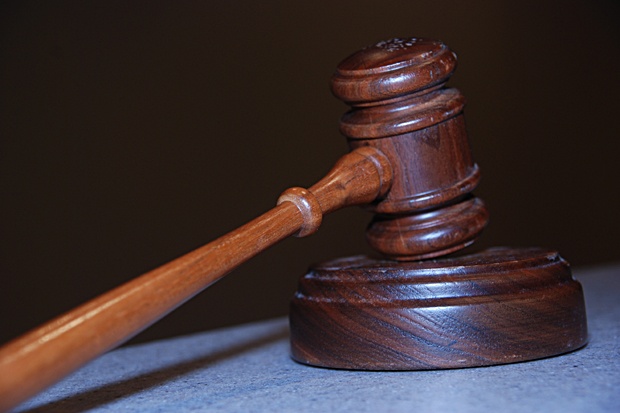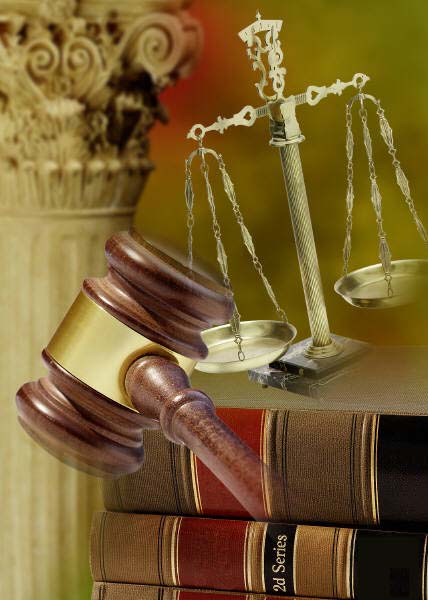eDiscovery Best Practices: Smoking Gun Shoots Blanks, Google Wins Latest Battle in “Smartphone War” with Oracle

Despite a significant inadvertent disclosure of information during Google's litigation with Oracle Corp., U.S. District Judge William Alsup last Thursday (May 31) dismissed claims that its Android mobile phone platform infringes Oracle's copyrights relating to the Java computer language.
Oracle had accused Google of infringing the "structure, sequence and organization" of 37 of Java's application programming interface (API) application. Referring to this case as “the first of the so-called smartphone war cases”, Alsup ruled in the 41-page decision that the particular Java elements Google replicated were free for all to use under copyright law, noting: "So long as the specific code used to implement a method is different, anyone is free under the Copyright Act to write his or her own code to carry out exactly the same function or specification of any methods used in the Java API".
Summarizing the validity of Oracle’s claim, Judge Alsup stated:
“Of the 166 Java packages, 129 were not violated in any way. Of the 37 accused, 97 percent of the Android lines were new from Google and the remaining three percent were freely replicable under the merger and names doctrines. Oracle must resort, therefore, to claiming that it owns, by copyright, the exclusive right to any and all possible implementations of the taxonomy-like command structure for the 166 packages and/or any subpart thereof – even though it copyrighted only one implementation. To accept Oracle’s claim would be to allow anyone to copyright one version of code to carry out a system of commands and thereby bar all others from writing their own different versions to carry out all or part of the same commands. No holding has ever endorsed such a sweeping proposition.”
Judge Alsup indicated that he was not ruling that Java API packages are free for all to use, stating: “This order does not hold that Java API packages are free for all to use without license. It does not hold that the structure, sequence, and organization of all computer programs may be stolen. Rather, it holds on the specific facts of this case, the particular elements replicated by Google were free for all to use under the Copyright Act.”
Oracle filed suit against Google in San Francisco federal court in August 2011 claiming that the Android mobile operating system infringed Java copyrights and patents (to which Oracle obtained the rights after acquiring Sun Microsystems in 2010) and once valued damages in the case at $6 billion. In the first phase of the trial, the jury returned a verdict that said Google infringed the structure, sequence, and organization of 37 API packages; however, they deadlocked on Google's affirmative defense that it only made fair use of Java technology and Alsup had not yet ruled on whether the APIs could be copyrighted. He has now.
Oracle is expected to appeal.
So, what do you think? Will Oracle appeal and should they do so? Please share any comments you might have or if you’d like to know more about a particular topic.
Disclaimer: The views represented herein are exclusively the views of the author, and do not necessarily represent the views held by CloudNine Discovery. eDiscoveryDaily is made available by CloudNine Discovery solely for educational purposes to provide general information about general eDiscovery principles and not to provide specific legal advice applicable to any particular circumstance. eDiscoveryDaily should not be used as a substitute for competent legal advice from a lawyer you have retained and who has agreed to represent you.



